A car that won’t start in cold weather despite a good battery often faces issues with thickened engine oil or a faulty starter. Freezing temperatures can significantly affect engine performance and starting ability.
Dealing with a car that refuses to start on a chilly morning is a common frustration for many drivers. Cold weather can cause motor oil to thicken, making it harder for the engine to turn over. This, coupled with the increased electrical resistance in a vehicle’s starter motor and battery, can lead to starting problems.
Drivers must understand that even a good battery might struggle to deliver its full power in cold conditions, as the chemical reactions within slow down. Regular maintenance checks, including battery tests and changes to winter-grade oil, can help prevent such issues. Keeping your vehicle in a garage or using an engine block heater can also mitigate the effects of low temperatures, ensuring that your car starts reliably in the cold.
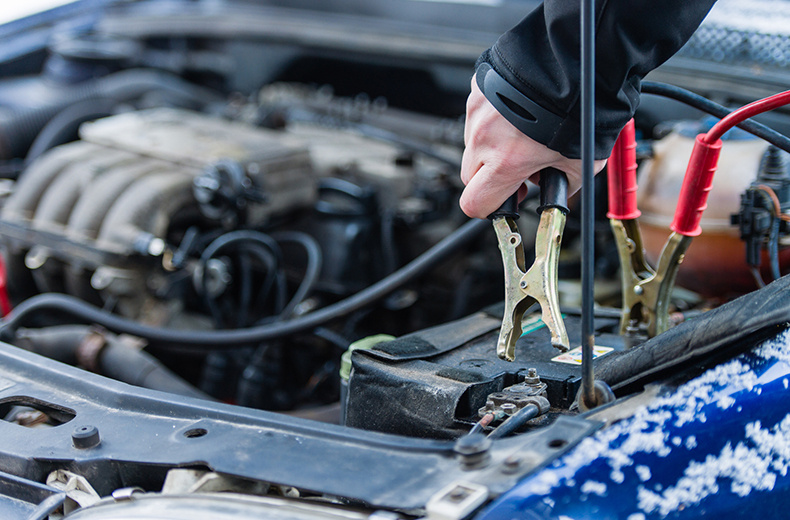
The car Won’t Start in Cold But Battery is Good
When you find yourself with a car that won’t start in the cold despite having a battery in good condition, the situation can be frustrating and often perplexing. The cold weather imposes unique challenges on your vehicle, influencing its ability to function as seamlessly as it does in milder conditions. Several factors might be at play in such scenarios. Firstly, engine oil thickens at lower temperatures, making it harder for the engine to turn over since the oil doesn’t flow as freely.
Cold Weather Car Troubles
Winter brings joy with snowfall and holidays. Yet, it can be harsh on cars. A reliable vehicle might refuse to start on a cold morning. This is a common dilemma faced by many drivers. Knowing the reasons behind these issues can save time and stress.
Effects Of Cold On Engines
Engine oil thickens when temperatures drop. Thick oil flows slower, making it hard for the engine to turn over. Batteries also struggle in the cold. They produce less current, making it harder to start the car. Fuel can be another culprit. It does not vaporize well in cold weather, causing the engine to run poorly or not start.
Common Cold-related Starting Issues
- Battery Challenges: A good battery might fail to deliver enough power. Cold-cranking amps decrease in the cold.
- Starter Motor Stress: The starter motor works harder to turn a cold engine. This extra effort can lead to failure.
- Fuel Line Freeze: Water vapor can freeze in the fuel line. This blocks the flow of fuel to the engine.
- Ignition System Issues: Spark plugs need more power to ignite the fuel-air mixture in cold conditions.
Regular maintenance helps prevent these issues. Keep the battery charged and check the oil grade. Winter-specific fluids can keep a car running smoothly in the cold.
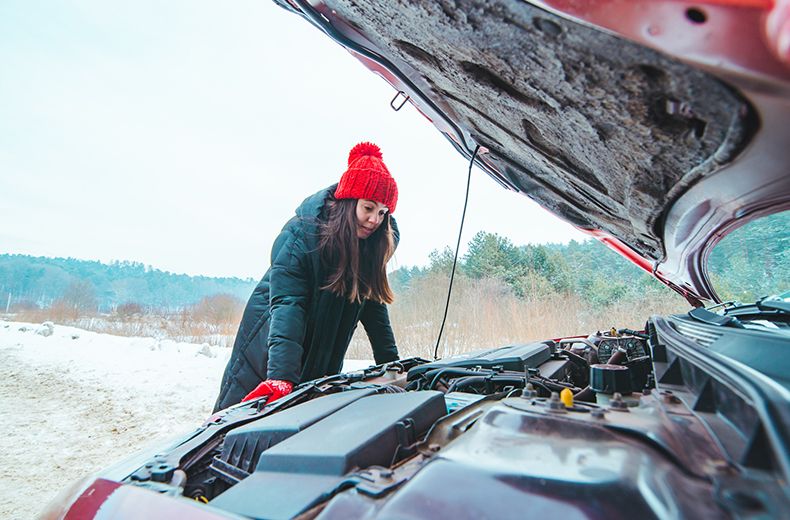
Credit: www.rac.co.uk
Battery Health Misconceptions
Battery Health Misconceptions can lead car owners astray, especially during cold snaps. A battery might seem reasonable, yet the car refuses to start. Understanding why requires delving into how batteries work in the cold.
Testing Battery Charge
Testing a battery’s charge level is essential. Use a multimeter. It measures voltage. A healthy 12-volt battery shows about 12.6 volts. But this is not enough.
- Check the battery at rest.
- Test after the car has been off for hours.
- A reading below 12.4 volts signals a charge issue.
Voltage Vs. Cold Cranking Amps
Voltage and cold cranking amps (CCAs) are different. CCAs matter in the cold. They show how well a battery can start an engine in cold weather.
| Voltage (V) | Cold Cranking Amps (CCA) |
|---|---|
| 12.6 V | Good |
| 12.0 V | Weak |
| <12.0 V | Poor |
CCAs decrease as temperature drops. A battery with enough voltage might lack CCAs. A car won’t start even if the battery seems good.
Initial Quick Checks
The frustration can be overwhelming when your car refuses to start on a cold morning. Yet, if the battery seems in good shape, a few quick inspections can illuminate the issue. Let’s dive into the immediate actions you can take to pinpoint the problem and work towards a solution.
Inspecting Battery Terminals
A car that won’t start in the cold with a good battery might have dirty or loose terminals. Corrosion can prevent a solid connection. Follow these steps:
- Open the hood and locate the battery.
- Check for white or greenish powdery substance on the terminals.
- Ensure terminals are tight and secure.
- Clean any corrosion with a wire brush.
- Re-tighten the terminals after cleaning.
Verifying Dashboard Warning Lights
Dashboard lights offer clues to underlying issues. Pay attention to these signs:
- Turn the key to the “On” position.
- Observe the dashboard for any illuminated warning symbols.
- Note any unusual lights indicating system malfunctions.
Recognize the engine or battery symbols. They may suggest more specific problems. If these lights are on, consulting a professional is wise.

Credit: www.holtsauto.com
Fuel System Complications
Fuel System Complications often arise in cold weather, perplexing many drivers whose vehicles won’t start despite a good battery. Understanding these complications helps in troubleshooting.
Fuel Line Freeze: Myths And Realities
Many believe fuel lines can freeze in winter, leading to starting issues. This is partly true. Water in the system can freeze, blocking the flow. However, the fuel, especially gasoline, does not freeze in typical cold conditions in most climates.
- Gasoline freezes at around -100 degrees Celsius, far colder than typical winter temperatures.
- Diesel is more prone to gelling in low temperatures.
- Using additives helps prevent water from freezing in your fuel lines.
Impact Of Cold On Fuel Viscosity
Cold weather affects fuel viscosity. Viscosity refers to how thick and sticky a fluid is.
| Temperature | Viscosity Increase | Effect on Engine |
|---|---|---|
| 0°C | Minimal | Normal engine function |
| -20°C | Moderate | Possible start issues |
| -40°C | High | Severe starting problems |
At lower temperatures, fuels become thicker. This makes it harder for the fuel to flow freely, impacting the engine’s ability to start smoothly. Keeping your vehicle in a garage or using a block heater can mitigate these effects.
Oil Viscosity And Engine Start
When the temperature drops, starting your car can become a challenge. The key to a smooth start lies in understanding oil viscosity. Thick oil struggles to flow. Engines work harder. The right oil makes a difference.
Choosing The Right Oil For Winter
Winter demands a different oil grade. Look for “W” on the label. This stands for winter. Lower numbers mean better cold starts. A 5W-30 oil flows easier than a 10W-30 at freezing temperatures.
- Check your manual: Manufacturers specify the best oil for your car.
- Consider synthetic: Synthetic oils excel in extreme temperatures.
- Change seasonally: Switch oils as seasons change for best performance.
Effects Of Thickened Oil On Startup
In the cold, oil thickens. Thick oil moves slowly. It strains the battery and starter. Engines wear. Starting takes longer.
| Temperature | Oil Thickness | Effect on Startup |
|---|---|---|
| Below 32°F | Thicker | Harder Start |
| Above 32°F | Thinner | Easier Start |
Choose oils wisely for winter. Your car will start better. Engine stress will be reduced. And you’ll save on repairs.
Electrical System Issues
A car that won’t start despite a good battery often points to electrical system issues when the temperature drops. The cold can affect various components, making them less efficient or even causing failure. Let’s explore common electrical problems that arise in cold weather.
Starter Motor Challenges In The Cold
The starter motor turns the engine over, but cold weather can slow it down. Thickened oil makes the engine harder to crank, forcing the starter to work harder. Connections can also become corrosive or loose due to temperature changes.
- Decreased Battery Power: Cold reduces battery efficiency, affecting the starter motor.
- Thickened Lubricants: These make engine starting more challenging, straining the starter.
- Material Contraction: Metals contract in cold, affecting electrical connections.
Alternator Performance In Low Temperatures
The alternator recharges the battery and powers electrical systems. In low temperatures, the alternator’s efficiency can drop significantly. Belts may become stiff and slip, leading to reduced charging capability. Here’s how cold weather affects the alternator:
| Issue | Effect |
|---|---|
| Belt Problems | Less grip and power transfer |
| Oil Viscosity | Harder alternator operation |
| Electrical Resistance | Slower electrical flow |
Keeping the electrical system in top shape is vital to avoid start-up issues in cold weather. Regular maintenance checks and timely repairs can prevent these winter woes.
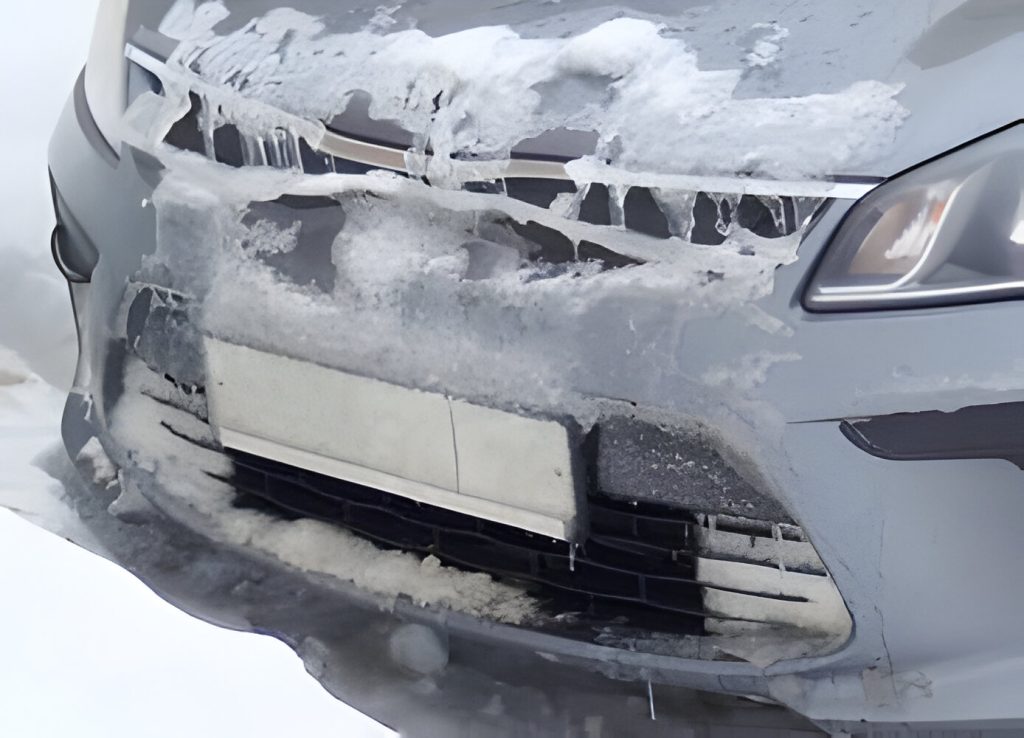
Engine And Coolant Considerations
When temperatures drop, car engines face tough challenges. It is crucial to understand how your engine and its cooling system respond to cold weather. This ensures your car starts reliably and maintains optimal performance.
Thermostat Response To Cold
An essential component in controlling engine temperature is the thermostat. It must work correctly in cold conditions to maintain the engine’s optimal temperature. A faulty thermostat can lead to engine overcooling. This causes reduced efficiency and potential damage.
- Check the thermostat regularly during winter months.
- Replace if necessary to avoid starting issues.
Coolant Mixture For Winter Protection
The right coolant mixture is vital in winter. It prevents the engine from freezing and cracking. A 50/50 mix of antifreeze and water is generally recommended.
| Coolant Type | Protection Level |
|---|---|
| Antifreeze | Up to -34°F |
| Water | Raises boiling point |
Ensure your coolant mix suits your local climate. Check this before winter starts.
Preventive Measures And Maintenance Tips
Car troubles in cold weather can make a routine drive a significant inconvenience. But with the proper preventive measures and maintenance tips, you can ensure your car starts reliably, even on the chilliest mornings. Let’s explore some essential winter car care practices.
Regular Winter Car Maintenance
Maintaining your car for winter conditions is crucial. Follow these tips:
- Check your battery strength regularly.
- Ensure antifreeze levels are sufficient.
- Use winter-grade oil for smoother engine flow.
- Inspect your tyres for adequate tread and pressure.
- Test your heater and defroster to stay warm and maintain visibility.
Emergency Kit For Cold-weather Car Troubles
Prepare an emergency kit to keep in your car:
| Item | Use |
|---|---|
| Jumper cables | Restart a dead battery |
| Flashlight and batteries | Visibility during the night |
| Blanket | Stay warm if stranded |
| Ice scraper | Clear windows of ice |
| Kitty litter or sand | Provide traction if stuck |
Include non-perishable snacks and water for unexpected delays. Taking these steps makes you better equipped to handle cold-weather car issues.
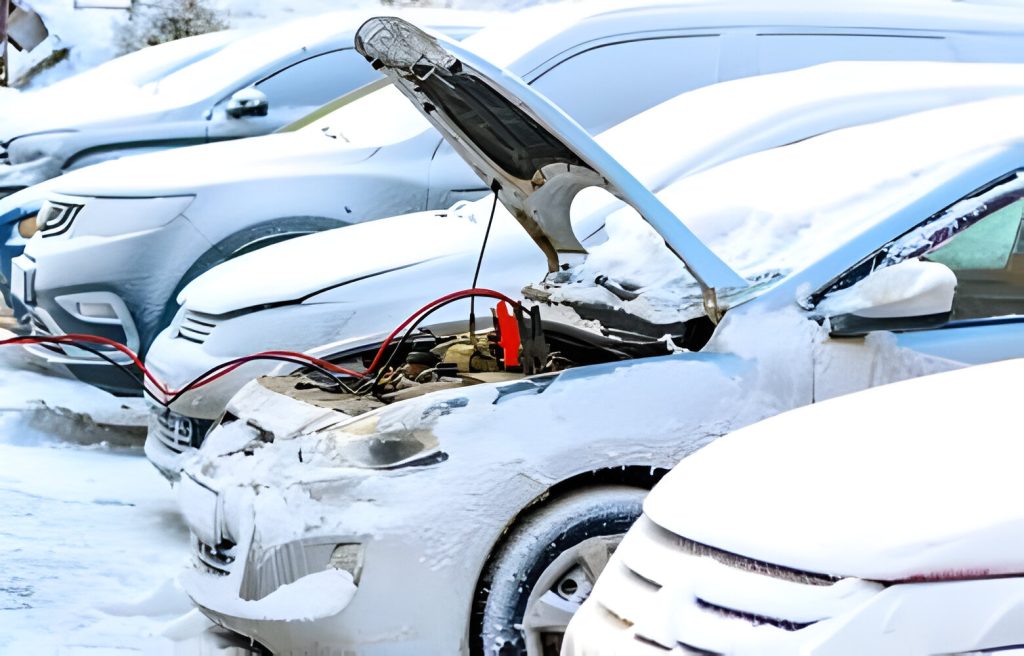
Professional Help And When To Seek It
The situation can be frustrating when your car refuses to start on a cold morning. A good battery might suggest a different issue. Knowing when to call a professional mechanic is crucial. Sometimes, a quick fix is not enough. Let’s explore when it’s time for expert assistance.
Identifying When You Need A Mechanic
Several signs indicate the need for a mechanic:
- No engine crank: Silence or clicking when turning the key.
- Repeated starting attempts fail: The engine won’t turn over despite multiple tries.
- Strange noises: Grinding, whirring, or other unusual sounds.
- Electrical issues: Dim lights or flickering dashboard signals.
These symptoms suggest more than just a battery problem. It’s best to consult a mechanic.
Resources For Professional Assistance
Where to find a trustworthy mechanic:
| Resource | Description |
|---|---|
| Local auto shops | Check nearby locations with good reviews. |
| Online directories | Use platforms like Yelp or Angie’s List. |
| Auto associations | Look for ASE-certified mechanics. |
Always check a mechanic’s credentials and reviews before making a choice.
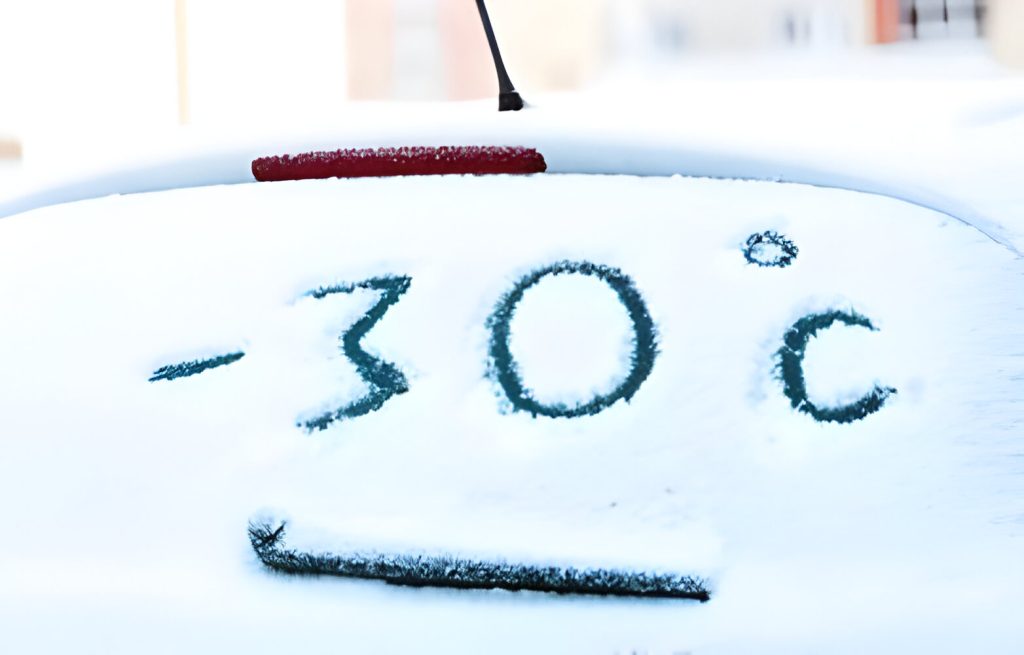
Frequently Asked Questions
How Do I Fix My Car Not Starting In The Cold?
Check your battery connections for corrosion and ensure they’re tight. Use a battery warmer or maintain a charge with a trickle charger. Also, consider using thinner oil during winter for easier engine turnover.
How To Warm Up A Car That Won’t Start?
Check the battery and use jumper cables to warm up a car that won’t start. Ensure the fuel line isn’t frozen by keeping the tank at least half full. Use a block heater if temperatures are extremely low. Keep the car in a garage to prevent cold-related issues.
Do I Need A New Battery If My Car Won’t Start In The Cold?
A car not starting in cold weather doesn’t always indicate a new battery is needed. Check your battery’s age and condition first. Freezing temperatures can reduce battery power, so consider a professional evaluation to determine if a replacement is necessary.
What Does It Mean When Your Car Does Start But Your Battery Is Good?
A car not starting with a good battery could indicate a faulty starter, bad ignition switch, or a damaged engine component.
Conclusion
Facing a car that won’t start in cold weather can be frustrating, especially with a good battery. Remember to check your engine oil, fuel system, and starter. To keep such problems at bay, regular maintenance is essential. Stay prepared and ensure your vehicle is winter-ready to prevent unexpected hiccups.

I am a battery specialist writer and blogger based in the USA & UK . I have been working with battery power energy for 3 long years and I give trips on low battery power problem and solutions . I have a lot of experience with battery power and I share them here.
